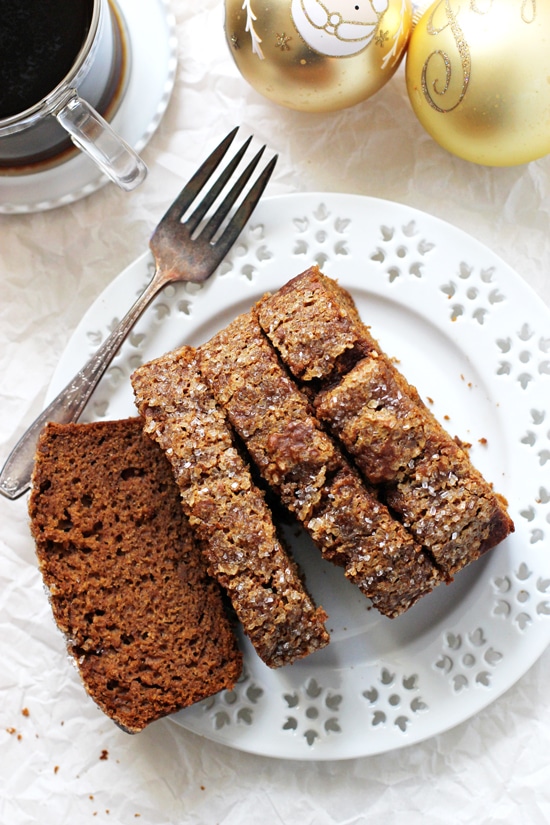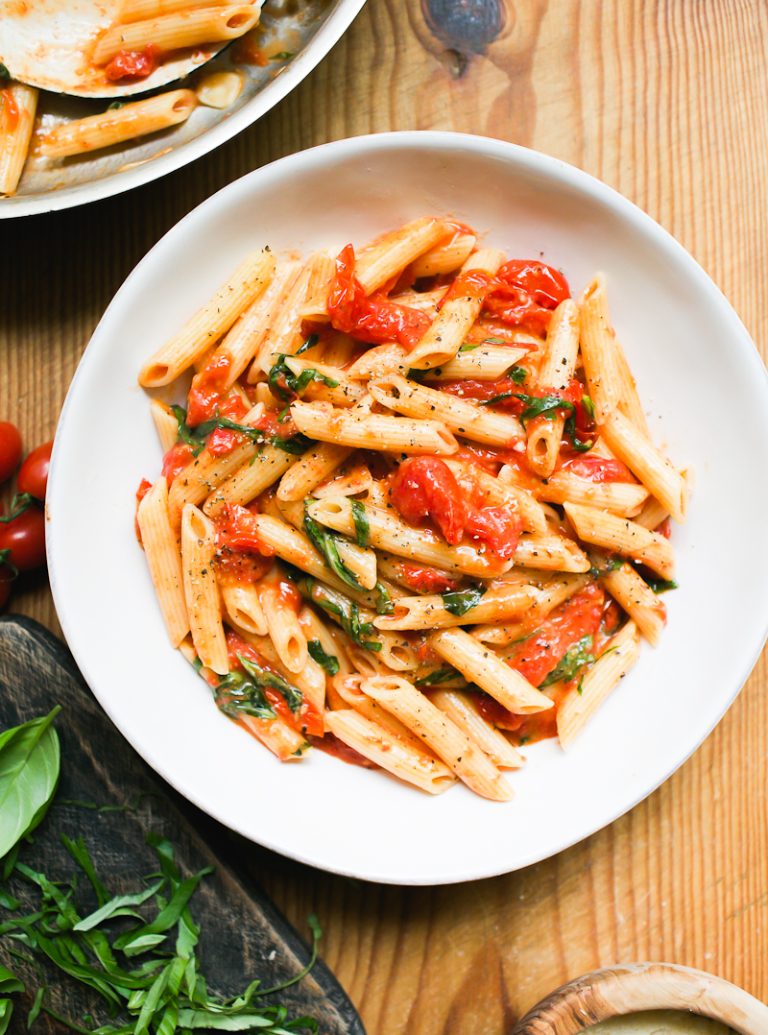Potato Bread Recipe: Nutritious, Delicious, and Easy to Make
Sweet potato bread combines sweet potatoes with traditional baking techniques. The origin lies in regions where sweet potatoes grow abundantly, such as the southern United States, South America, and Africa. Sweet potatoes were a dietary staple for centuries due to their nutritional value and adaptability. This bread holds cultural significance in these regions, often featured during holidays and family gatherings. By blending historical culinary practices with modern techniques, sweet potato bread has become a beloved dish worldwide.
Nutritional Information
Sweet potato bread is rich in vitamins and minerals. A typical serving provides high levels of vitamins A and C, aiding vision and immune function. The bread also offers fiber, aiding digestion, and potassium, helping maintain blood pressure. Compared to traditional bread, sweet potato bread tends to be lower in calories with less sugar. It’s an excellent source of antioxidants, combatting free radicals and promoting overall health. By integrating sweet potatoes, you’re adding a nutrient-dense ingredient to your diet.
Essential Ingredients for Sweet Potato Bread
Sweet Potatoes: The Star Ingredient
Sweet potatoes form the base of sweet potato bread. They provide natural sweetness and moisture, making the bread tender and flavorful. Use cooked, mashed sweet potatoes for the best consistency. These tubers are rich in vitamins A and C, fiber, and antioxidants, enhancing the bread’s health benefits. Select firm, orange-fleshed varieties for optimal color and taste.
Flour Varieties and Their Effects
Different flours affect the texture and flavor of sweet potato bread. All-purpose flour creates a light, tender crumb. For a denser texture, choose whole wheat flour. Gluten-free flours, such as almond or oat flour, cater to those with dietary restrictions. Each flour contributes distinct nutritional values and textures to the bread.
Sweeteners and Spices
Sweeteners balance the natural sweetness of sweet potatoes. Common choices include granulated sugar, brown sugar, or honey. They contribute to the caramelization and richness of the bread. Spices like cinnamon, nutmeg, and ginger enhance the flavor profile, providing warmth and depth. Adjust these additions to suit your taste preferences.
Step-by-Step Guide to Making Sweet Potato Bread
Preparing the Sweet Potatoes
Start by selecting medium-sized sweet potatoes that are firm and free from blemishes. Wash them thoroughly under running water to remove any dirt. Next, peel the sweet potatoes, then cut them into evenly sized chunks.
Boil or steam the sweet potato chunks until they become tender, usually about 15-20 minutes. Use a fork to check for tenderness. If a fork easily pierces the sweet potato, it’s ready. Drain the sweet potatoes and allow them to cool. Once cooled, mash them until smooth, with no lumps remaining.
Mixing and Baking Techniques
Preheat your oven to 350°F (175°C) to ensure it’s thoroughly heated by the time your batter is ready. Grease a 9×5-inch loaf pan with butter or non-stick spray to prevent sticking.
In a large mixing bowl, combine 1 cup of cooled, mashed sweet potatoes with 1/2 cup of vegetable oil and 1 cup of granulated sugar. Blend these ingredients until well incorporated. Add 2 large eggs, one at a time, beating well after each addition.
In a separate bowl, sift together 1 and 3/4 cups of all-purpose flour, 1 teaspoon of baking powder, 1 teaspoon of baking soda, 1/2 teaspoon of salt, and 1 teaspoon each of ground cinnamon and nutmeg. Gradually add the dry ingredients to the sweet potato mixture, alternating with 1/4 cup of milk. Mix until just combined to avoid overmixing, which can make the bread tough.
Pour the batter into the prepared loaf pan, smoothing the top with a spatula. Bake for 55-60 minutes, or until a toothpick inserted into the center comes out clean. Let the bread cool in the pan for 10 minutes before transferring it to a wire rack to cool completely.
Following these steps ensures a moist, flavorful sweet potato bread with a perfect balance of spice and natural sweetness.
Specialty Variations of Sweet Potato Bread
Gluten-Free and Vegan Options
For those with dietary restrictions, gluten-free and vegan sweet potato bread offers a delicious alternative. Use a blend of gluten-free flours, such as almond and rice flour, to substitute for traditional wheat flour. Combine chia or flax seeds with water to replace eggs. Opt for plant-based milk like almond milk and use coconut oil or vegan butter instead of dairy-based options. These substitutions ensure the bread remains moist and flavorful without compromising dietary needs.
Incorporating Nuts and Seeds
Enhance the texture and nutritional value of your sweet potato bread by incorporating nuts and seeds. Add chopped walnuts or pecans for a nutty crunch, or use sunflower and pumpkin seeds for added fiber and protein. To distribute them evenly, fold the nuts and seeds into the batter before baking. This method adds an extra layer of flavor and ensures each slice offers a balanced and hearty bite.
Pairing and Serving Suggestions
Best Accompaniments
Sweet potato bread pairs well with various spreads and toppings that enhance its natural flavors. Butter, honey, and cream cheese are popular choices. Spreads like almond, peanut, or cashew butter add a rich, nutty flavor. For a more savory option, try pairing with cheese like gouda, brie, or goat cheese. Serve it alongside soups, particularly hearty ones like butternut squash or tomato bisque. Salads, especially those with vinaigrettes, complement the bread’s sweetness.
Storage Tips
Proper storage keeps sweet potato bread fresh and flavorful. Wrap the bread in plastic wrap or place it in an airtight container. Store it at room temperature for up to three days. For longer storage, freeze the bread. Slice it first, then wrap each slice individually in plastic wrap and place them in a freezer bag. The bread can be frozen for up to three months. Thaw slices individually, either at room temperature or in a toaster, ensuring they taste freshly baked.
Conclusion
Sweet potato bread brings a delightful mix of flavors and a boost of nutrition to your table. Whether you’re following traditional recipes or exploring gluten-free and vegan variations, there’s something for everyone. Pair it with your favorite spreads or serve it alongside soups and salads for a versatile and satisfying treat. Proper storage ensures you can enjoy this delicious bread for days or even months. Embrace the rich history and health benefits of sweet potato bread in your kitchen and elevate your baking repertoire.





